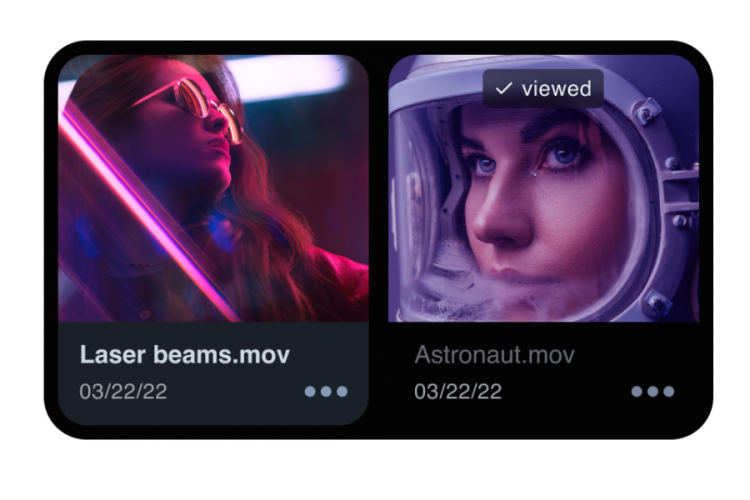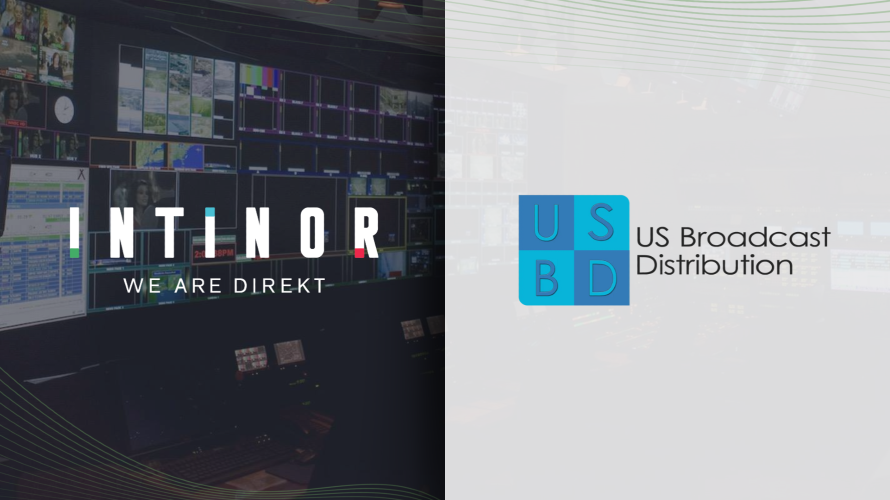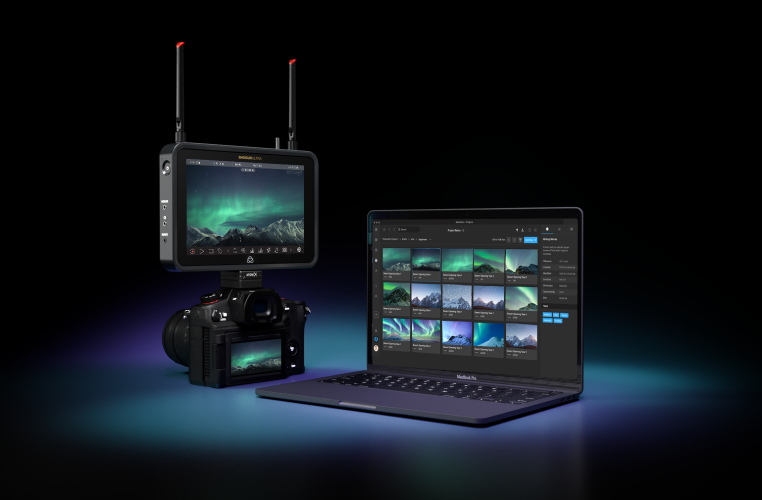Another year and it’s time for a fresh look at the S3D market. Each year the CES Show that occupies the Las Vegas Convention Center with, in 2011, an unexpectedly high number of attendees (140,000) keen to see what’s new. At CES 2010 S3D was THE thing, but a year later the excitement had moved on to the nebulous market of mobile devices OTT and, presumably, service providers. So is this the beginning of the end of the road to S3D?
Well, no one is predicting the demise of 3D TV but the industry bellwether, the sales of sets reported in the USA, is running well under expectations. The commonly heard reasons are the dislike of glasses and the lack of S3D programmes. Neither of these is a surprise so you could reasonably conclude that the initial expectations simply were too optimistic.
The problem for set-makers is finding a way to allow only the left eye to see the left picture, and the right – the right. The expensive heavy active ‘shutter’ glasses get the thumbs down for domestic applications. The lighter £1 passive polarised glasses are better but are only now being offered for the latest TV sets shown at CES. The active system requires a full frame of left-eye to be displayed followed by a right-eye frame while the glasses shutter in sync. The passive scheme requires a ‘left-eye’ and a ‘right-eye’ polarizing filter to be placed on or, in front of, the screen to correspond with the correct ‘eye’s’ video. In cinemas this is simply achieved by switching the polarisation of a filter placed in front of the projector lens. For panel TV screen such a large active ‘switching’ filter seems to be currently impractical so manufacturers have placed fixed left and right filters on alternate lines of the screen. The video is sequenced accordingly. Critics say this halves the vertical resolution – but the LG set with its FPR (Film Pattern Retarder) technique is certified as full-HD. Given that the passive scheme is well received in cinemas, could this be an opportunity for a resurgence of domestic (back) projection TV for 3D?
Perhaps what’s needed is lateral thinking. Here - www.jonathanpost.com - is a highly original new form of glasses-free 3D TV viewing. Other more conventional prototype glasses-free TV sets were on show at CES from Sony, LG and Toshiba but there’s no sign yet of production. But it was a relative newcomer, iPOINT, that caught peoples’ left and right eyes. As with other autostereoscopic displays, good vision was restricted to a number of zones, but the 3D depth as well as the brightness of the display were exceptional. Look out for further developments.
As for 3D material, there are many people working hard to produce more in 2011. The efforts of ESPN and others continue unabated in the USA as well as others in Europe. Someone referred to 40 channels worldwide. Also, judging by my inbox, there is no let up in production. So 3D TV is not going away any time soon – but there is no sign of it replacing 2D; the two will live on side-by-side for many years yet. Speaking of which I enjoyed a smug 3D moment recently as I read 3Ality Digital CEO, Steve Schklair pronouncing that there needs to be a compromise between 2D and 3D production to offer one cut with much lower production costs than the current hugely expensive separate 2D plus 3D arrangements. Of course he is right. Flick back a couple of TV-Bay issues and you’ll find your 3D Diarist said the same thing – more or less. This has to be the way forward.
Those in or near London can pop into BVE at Earls Court 2 (15-17 February) to see the latest 3D kit – of which there will be plenty. One I’ll be taking a second look at is Cel-Soft’s Cel-Scope3D stereoscopic analyser announced at IBC. It looks like the answer to keeping within depth budgets and now can produce a ‘depth plot’ to check results after the shoot. Although aimed as a tool for stereographers it also helps me understand what’s involved with shooting 3D... and what can go wrong.
The movie business is embracing 3D with evermore 3D titles which are all eventually potential footage for TV. According to a new survey by DIGIDA nearly 60 new 3D movies have been announced for this year, almost double last years’ total. It also counts 22,300 3D screens worldwide.
While cinemas are rapidly equipping the take up of 3D TV sets is currently low. If you take the first DCI specification in late 2004 as the start, Cinema has a lead of over five years on TV. So it is not really so surprising that set sales are slow. However it is encouraging to learn that the Digital TV Group, the industry body that organised digital terrestrial TV in the UK, is planning to produce guidelines for 3D TV. Hopefully we may find that one of the benefits of the DTG’s work will be a specification for the signal that goes to a UK 3D TV set. Of course we are not alone as, in the USA, SMPTE's Task Force on 3D to the Home produced a report in 2009 on the ‘issues, challenges and suggested minimum standards for the 3D Home Master’ – what would be distributed to broadcasters and other delivery systems to the home.
Despite not being the big thing as CES 2011, the year looks good for 3D TV. Production footage continues to grow, new ideas and products abound and industry standards will help everyone to move forward.




































